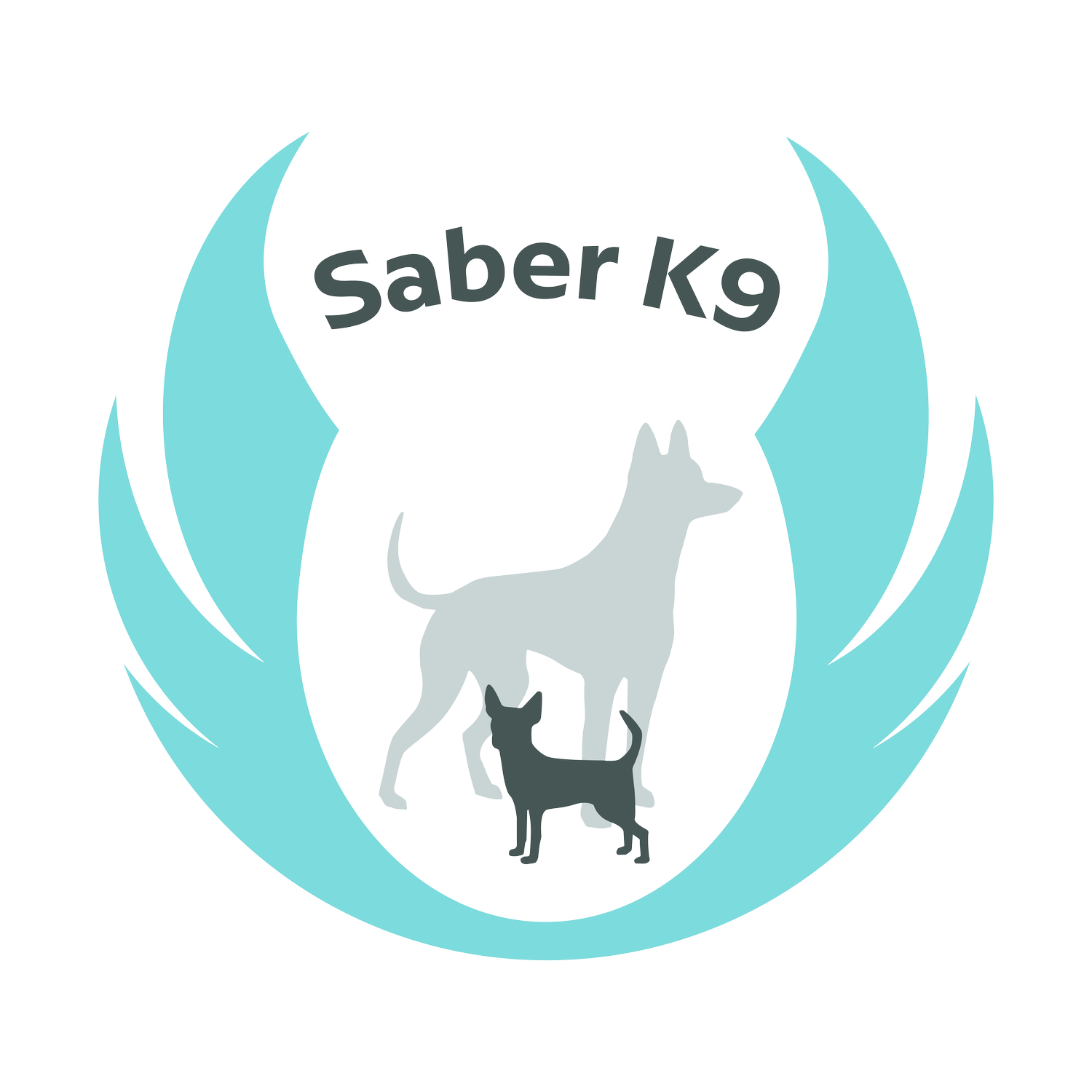Public bias to Muzzles
Let's talk about muzzles. When you see a muzzle on a dog, what is your immediate perception of the dog? Often, muzzles carry a negative connotation, leading people to assume that the dog must be aggressive or problematic. However, it's important to understand that muzzles serve a crucial purpose in ensuring safety for both the dog and the surrounding environment.
One primary reason dogs wear muzzles is for safety. It helps prevent them from ingesting harmful objects such as rocks or feces. Some dogs may have no behavioral issues apart from their curious inclination to explore the world with their mouths.
Muzzles can also be used when dogs are undergoing fear rehabilitation with the support of their owners. In such cases, the muzzle helps the owner stay calm, allowing the dog to sense their human's confidence. Dogs are highly attuned to our emotions, and entering a training session with the right mindset is vital for success. Remember, a dog wearing a muzzle is not a "bad" dog; they are simply fearful and in need of understanding.
So, how should you approach a dog wearing a muzzle? It's best to keep your dog close, walking calmly by their side without initiating direct interaction. Often, ignoring them is actually the most helpful response when someone is working on managing fear reactivity.
By shifting our perception of muzzles and understanding their purpose, we can create a more compassionate and inclusive environment for all dogs. Let's break the stigma and promote a safer and more understanding community for our four-legged friends.

